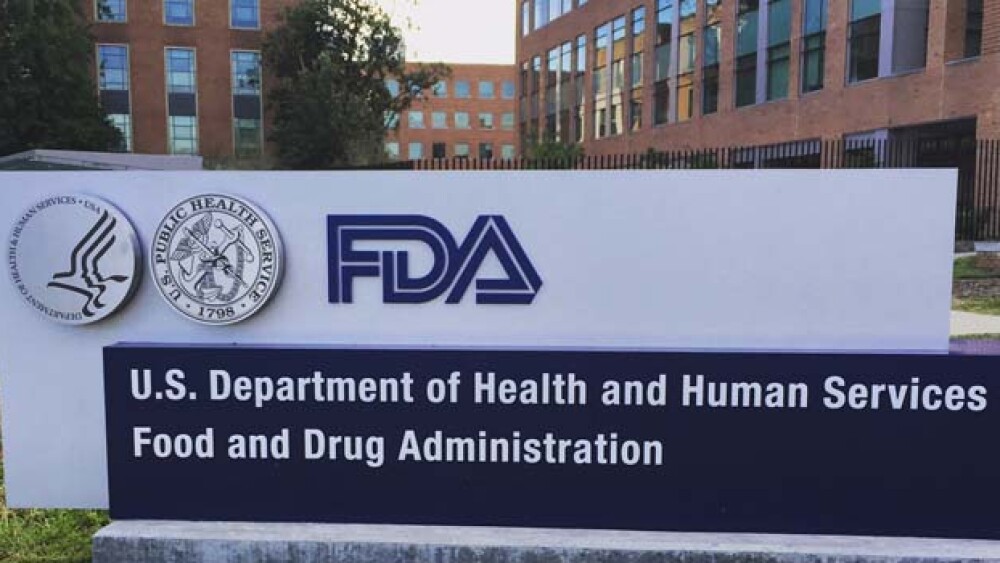The regulatory agency is establishing new standards for the approval of opioid medications.
Before Scott Gottlieb stepped down from his role as commissioner of the U.S. Food and Drug Administration (FDA), he called for new opioid approval standards that would compare new medications to ones that already exist in the marketplace.
On Thursday, the FDA announced a new guidance to assess the benefit-risk of opioid pain medications. The guidance, “Opioid Analgesic Drugs: Considerations for Benefit-Risk Assessment Framework,” puts forward a series of standards the FDA will consider when deciding whether or not to approve a new opioid medication.
In the seven-page guidance, the FDA said drugs that will be up for approval must be able to answer four questions regarding safety and efficacy. Those questions are:
- Do any comparative efficacy data exist for the drug relative to approved opioid or
- Do any comparative safety data exist for the drug relative to approved opioid or non-opioid analgesic drugs? Does this analgesic drug offer any other safety advantages or disadvantages relative to available approved analgesic drugs for each indication (e.g., abuse-deterrent properties, less risk of drug-drug interactions)?
- What is the anticipated benefit-risk balance relative to available approved analgesic drugs for each indication? Do any comparative safety data exist for the drug relative to approved opioid or non-opioid analgesic drugs? Does this analgesic drug offer any other safety advantages or disadvantages relative to available approved analgesic drugs for each indication (e.g., less risk of drug-drug interactions)?
- Does the drug have any other advantages over other available approved analgesic drugs (e.g., can be mixed with food)?
Even though the answers to those four questions are important, the FDA noted in its draft that the comparative data is helpful in “applying the benefit framework, superiority to other available treatments is not a requirement for approval under FDA’s drug approval authorities.”
The FDA also noted that benefit-risk evaluation does not end once a product is approved. It pointed to its request for the market withdrawal of Endo Pharma’s reformulated Opana ER due to reports of its high abuse, as well as a link to an outbreak of HIV in rural Indiana due to opioid abusers sharing needles.
“We’ll continue to apply this same evidence-based decision making as appropriate for other products if there is a shift in the benefits no longer outweighing the risks,” Acting FDA Commissioner Ned Sharpless said in a statement. “Congress recently enacted new authorities that enable the FDA to, among other things, require post-market studies to evaluate efficacy of opioids and other drugs if we have concerns that these products may not be as effective as previously thought.”
In addition to the new guidance, the FDA said it was withdrawing the 2014 draft guidance, “Analgesic Indications: Developing Drug and Biological Products.” Following discussions with industry and other stakeholders, Sharpless said he believes the FDA can provide more targeted information in critical areas of development using a series of new draft guidances to speed development.
“The FDA remains committed to addressing the opioid crisis on all fronts. The FDA will also continue to evaluate how drugs currently on the market are used, in both medical and illicit settings, and will take regulatory action where needed,” Sharpless said.





